43 understanding food nutrition labels
Changes to the Nutrition Facts Label | FDA - U.S. Food and ... Mar 07, 2022 · Manufacturers with $10 million or more in annual sales were required to update their labels by January 1, 2020; manufacturers with less than $10 million in annual food sales were required to ... Learn How the Nutrition Facts Label Can Help You Improve Your Health Nutrients Required on Label Vitamin D and potassium values are required. Calcium and iron will continue to be required. Vitamins A and C will no longer be required but can be included on a voluntary basis. Slight Decrease in Sodium Allowance The daily limit for sodium decreased slightly from 2,400 mg per day to 2,300 mg per day.
Food Labels | CDC - Centers for Disease Control and Prevention Understanding the Nutrition Facts label on food items can help you make healthier choices. The label breaks down the amount of calories, carbs, fat, fiber, protein, and vitamins per serving of the food, making it easier to compare the nutrition of similar products.

Understanding food nutrition labels
Figuring Out Food Labels (for Kids) - Nemours KidsHealth Percent daily value is most useful for seeing if a food is high or low in nutrients: A food with 5% or less of a nutrient is low in that nutrient. A food with 10%-19% of a nutrient is a good source of that nutrient. A food with 20% or more of a nutrient is high in that nutrient. The information on food labels is based on an average adult diet ... Understanding Food Nutrition Labels - Calorie Control Council Understanding Food Nutrition Labels. No matter your health status, understanding what that Nutrition Facts label is really telling you is critical to knowing if the product in your hand is right for you.. When looking at this label many people will only look at one piece of information. For example, some people only look at total carbohydrates ... Understanding Food Nutrition Labels | Go Red for Women 3 - Limit certain nutrients. Check key nutrients and understand what you're looking for. Not all fats are bad , and total sugars can include both natural and added sugars. Limit the amounts of added sugars , saturated fat and sodium you eat, and avoid trans fat. When choosing among different brands or similar products, compare labels and ...
Understanding food nutrition labels. Food and Recipes Center: Easy, Healthy Recipe Ideas for Your ... May 16, 2022 · The USDA has simplified nutrition guidelines with its "MyPlate" campaign. MyPlate replaces the older Food Pyramid that many adults grew up with. 2.20: Understanding Food Labels - Medicine LibreTexts The FDA uses the following definitions for interpreting the %DV on food labels:4 5%DV or less means the food is low in a nutrient. 10% to 19%DV means the food is a "good source" of a nutrient. 20%DV or greater means the food is high in a nutrient. How to understand food nutrition labels - Medium The nutrition labels on food packages are not always easy to decipher. Here's a guide to understanding the serving size, calories, and daily values listed on these labels. Reading food labels ... Understanding Food Labels | Extension | West Virginia University The % Daily Value helps consumers determine whether a serving of food is high or low in a nutrient. It is a good, quick guide. As a general rule, 20% or more of a nutrient is high and 5% or less is low. For example, if the Total Fat is 5% or less, that's great - it means it is low in fat. If the Total Fat is 21%, that is not good - it ...
Understanding Ingredients on Food Labels - American Heart Association There are many terms used for sugar on food labels. You might see sugar listed as the fourth ingredient in a product and think it's not so bad. But sugar can also be listed as high-fructose corn syrup or corn syrup, agave nectar, barley malt syrup or dehydrated cane juice, to name just a few. Read more about sugar and sweeteners. Food Labels 101: Understanding the Nutrition Facts Label Nutrition labels are based on a daily 2,000 calorie diet. Depending on your age, gender and activity level, you may need to consume more or less than 2,000 calories per day, so keep this in mind when viewing each label. Now let's take a look at the parts of the nutrition facts label and break it all down. Anatomy of a Nutrition Facts Label Looking at labels - British Nutrition Foundation They will allow you to make comparisons between products that are high, medium or low in fat, saturated, salt and sugar. Looking at the nutrition information on food labels can help you make healthier choices. Allergens will be listed and emphasised in the ingredients list. Front of pack label The Eatwell Guide. How to Decode a Nutrition Label - Healthline People with eating disorders often find that nutrition labels trigger tendencies to obsess about calories, fat, or sugar. "When examined through the lens of food-preoccupation, as in chronic ...
Reading Food Labels | ADA - American Diabetes Association Put food labels to work The Nutrition Facts labels on foods are really the key to making the best choices. We'll cover the basics so that these labels make shopping easier for you. Get started Understanding Carbs You've heard it all. From carb-free to low-carb, to whole and empty carbs, it's hard to know what it all means. Learn more Understanding Food Labels in Canada - Unlock Food select foods for special diets It must include the serving size, calories, % Daily Value and 13 core nutrients (fat, saturated fat, trans fat, cholesterol, sodium, carbohydrate, fibre, sugars, protein, vitamin A, vitamin C, calcium and iron). The format is consistent across all food products to allow for easy comparison between different items. Understanding Ingredients on Food Labels | American Heart ... Mar 06, 2017 · Food labels are an important source of information about calories and the nutritional value of the foods you eat, a crucial tool in building a heart-healthy diet. Food labels are an important source of information about calories and the nutritional value of the. Understanding Food Labels - Nutrition: Science and Everyday Application ... The FDA uses the following definitions for interpreting the %DV on food labels:4 5%DV or less means the food is low in a nutrient. 10% to 19%DV means the food is a "good source" of a nutrient. 20%DV or greater means the food is high in a nutrient.
Understanding Food Nutrition Labels | American Heart Association Mar 06, 2017 · Understanding Food Nutrition Labels Learning how to understand and use the Nutrition Facts label can help you make healthier eating choices and identify nutrient-dense foods for a healthy diet. Here are some tips from the American Heart Association for making the most of the information on food labels.
PDF EVERYDAY NUTRITION Understanding Food Labels Understanding Food Labels COUNT The number of calories your body needs on a daily basis depends on your age, gender, and level of physical activity. ... Child Nutrition labels do NOT indicate that a product is healthy. CN labels are mainly used on processed meats and meat alternate products. If using CN labeled foods, always read the nutrition ...
Understanding Food Nutrition Labels | EmPOWERED To Serve Learn what to look for on the label. 1 - Start with the serving information at the top. This will tell you the size of a single serving and the total number of servings per container (package). 2 - Next, check total calories per serving and container.
How to understand food labels | Eat For Health The Nutrition Information Panel on a food label offers the simplest and easiest way to choose foods with less saturated fat, salt (sodium), added sugars and kilojoules, and more fibre. It can also be used to decide how large one serve of a food group choice or discretionary food would be and whether it's worth the kilojoules.
Understanding Food Nutrition Labels | American Stroke Association Remember that the information shown in the label is based on a diet of 2,000 calories a day. You may need less or more than 2,000 calories depending upon your age, gender, activity level, and whether you're trying to lose, gain or maintain your weight. When the Nutrition Facts label says a food contains "0 g" of trans fat, but includes ...
How To Read Food and Beverage Labels - National Institute on Aging At the top of the Nutrition Facts label, you will find the total number of servings in the container and the food or beverage's serving size. The serving size on the label is based on the amount of food that people may typically eat at one time and is not a recommendation of how much to eat. Read more about serving and portion sizes.
Food labels - NHS Most pre-packed foods have a nutrition label on the back or side of the packaging. These labels include information on energy in kilojoules (kJ) and kilocalories (kcal), usually referred to as calories. They also include information on fat, saturates (saturated fat), carbohydrate, sugars, protein and salt.
Understanding Food Nutrition Labels - Professional Heart Daily ... Learn what to look for on the label. 1 - Start with the serving information at the top. This will tell you the size of a single serving and the total number of servings per container (package). 2 - Next, check total calories per serving and container.
How to Understand and Use the Nutrition Facts Label | FDA - U.S. Food ... Dietary fiber, vitamin D, calcium, iron ad potassium are nutrients on the label that Americans generally do not get the recommended amount of. They are identified as nutrients to get more of....
Understanding food labels - Canada.ca Nutrients About nutrients, fats, vitamins on nutrition facts table, on packaged foods. Nutrient content claims Meaning of fat-free, no added sugar, low sodium, other nutrient content claims. Percent daily value How to calculate % daily value on a nutrition facts table, how to use % daily value. About food labels
Understanding Ingredients on Food Labels - Professional Heart Daily ... Food labels are an important source of information about calories and the nutritional value of the foods you eat, a crucial tool in building a heart-healthy diet.
Understanding Food Labels | The Nutrition Source | Harvard T.H. Chan ... The label lists the calorie amount for one serving of food. The serving size, also important but often unnoticed, is easily doubled or tripled when not paying attention to the serving size, quickly inflating the calories. Highlighting both of these values emphasizes their importance and relationship.
Understanding Food Nutrition Labels | Go Red for Women 3 - Limit certain nutrients. Check key nutrients and understand what you're looking for. Not all fats are bad , and total sugars can include both natural and added sugars. Limit the amounts of added sugars , saturated fat and sodium you eat, and avoid trans fat. When choosing among different brands or similar products, compare labels and ...
Understanding Food Nutrition Labels - Calorie Control Council Understanding Food Nutrition Labels. No matter your health status, understanding what that Nutrition Facts label is really telling you is critical to knowing if the product in your hand is right for you.. When looking at this label many people will only look at one piece of information. For example, some people only look at total carbohydrates ...
Figuring Out Food Labels (for Kids) - Nemours KidsHealth Percent daily value is most useful for seeing if a food is high or low in nutrients: A food with 5% or less of a nutrient is low in that nutrient. A food with 10%-19% of a nutrient is a good source of that nutrient. A food with 20% or more of a nutrient is high in that nutrient. The information on food labels is based on an average adult diet ...

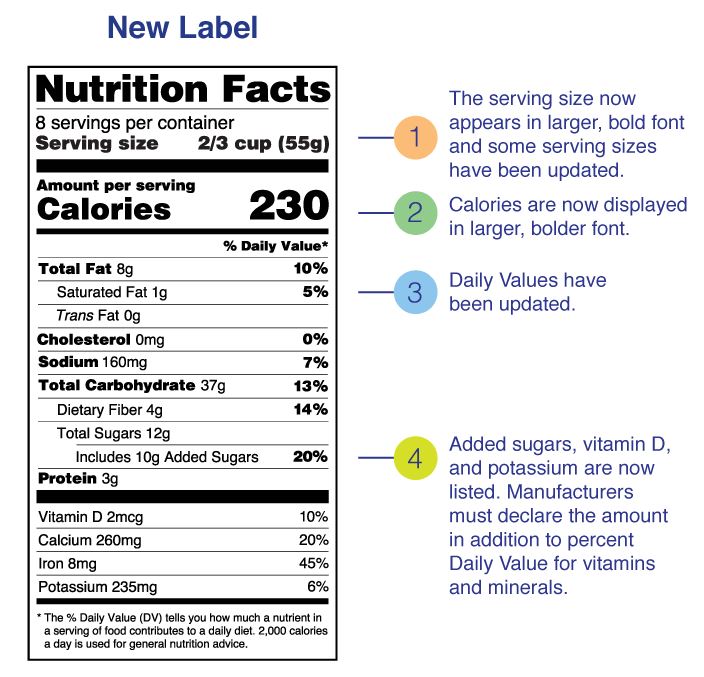



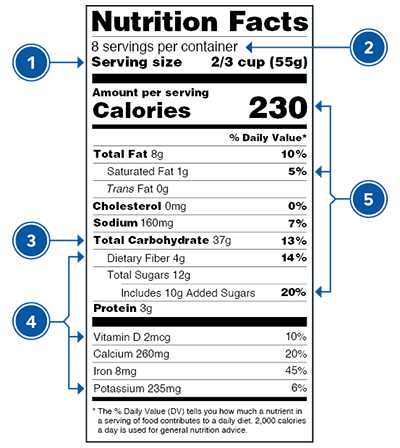
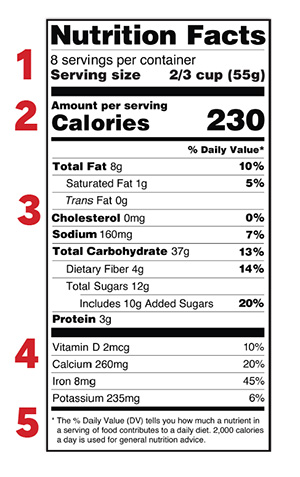
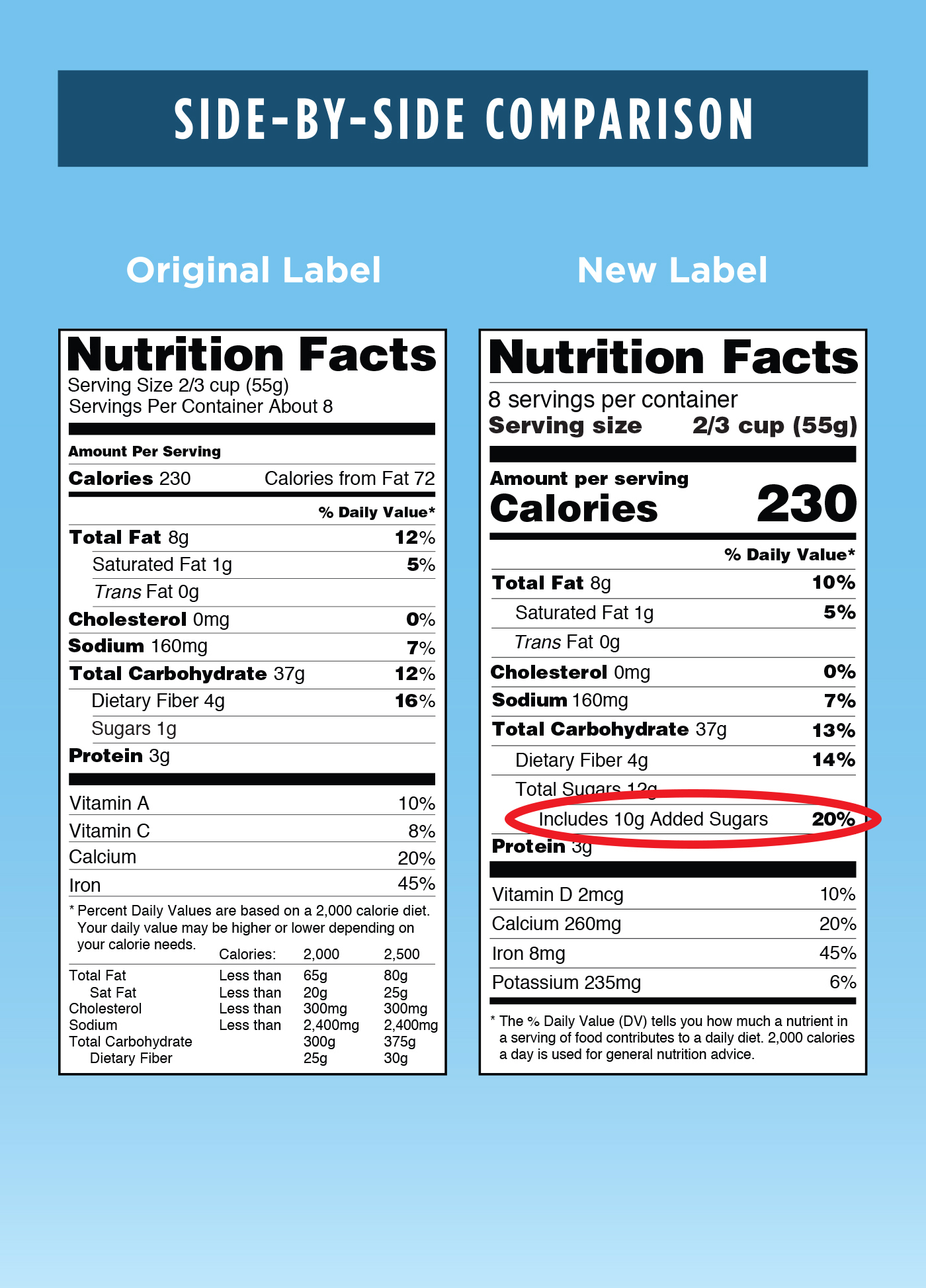

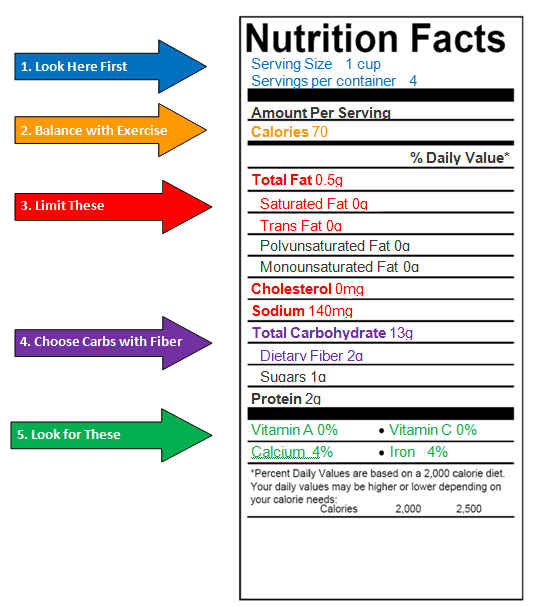
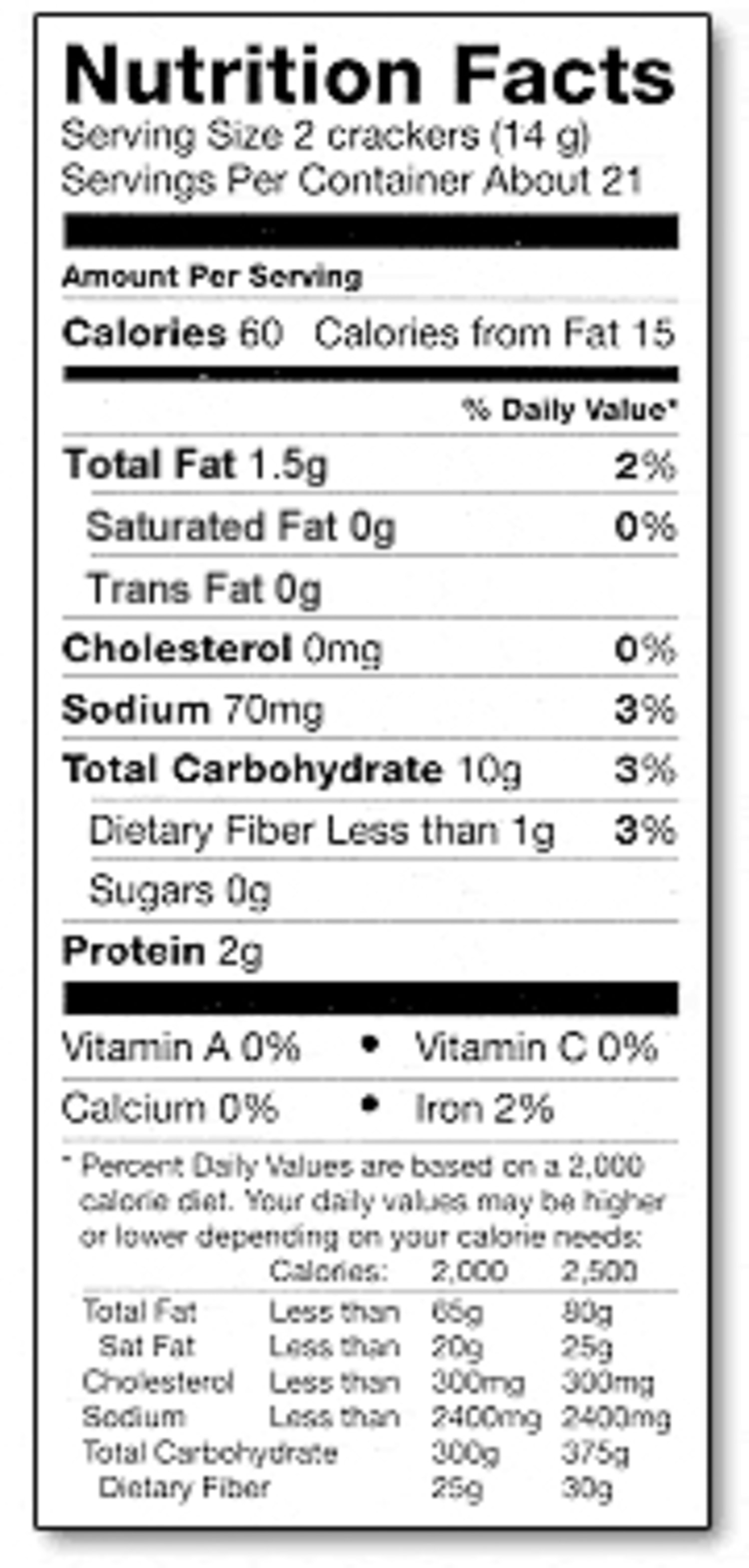
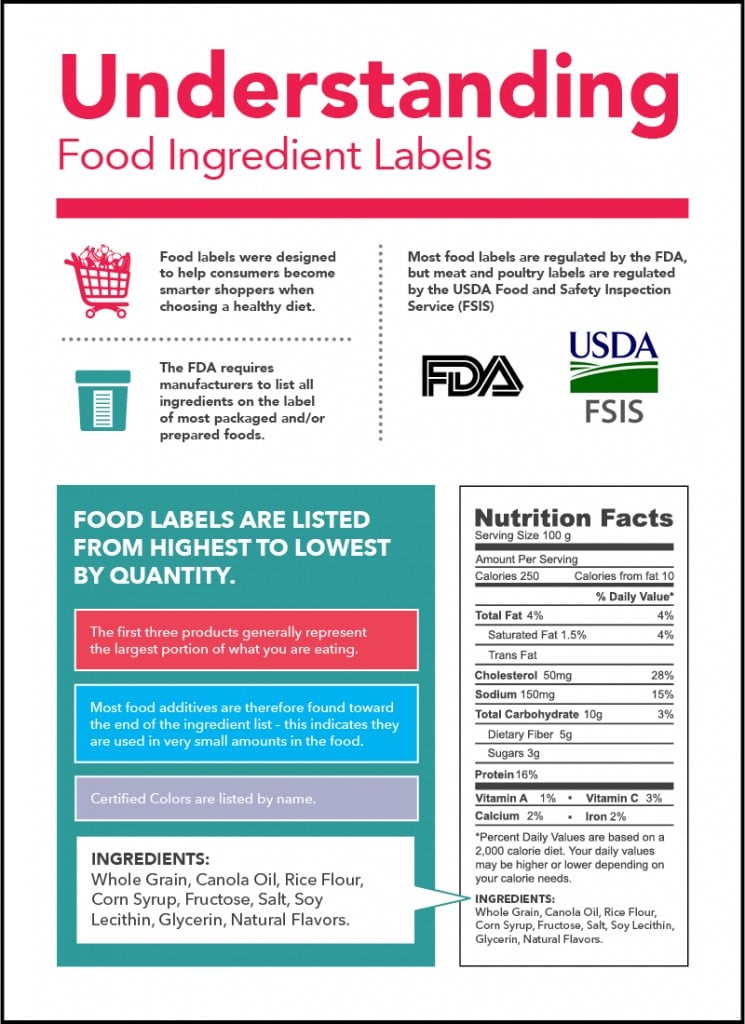
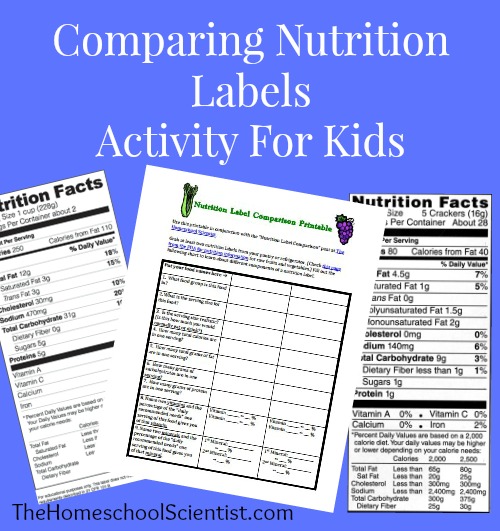




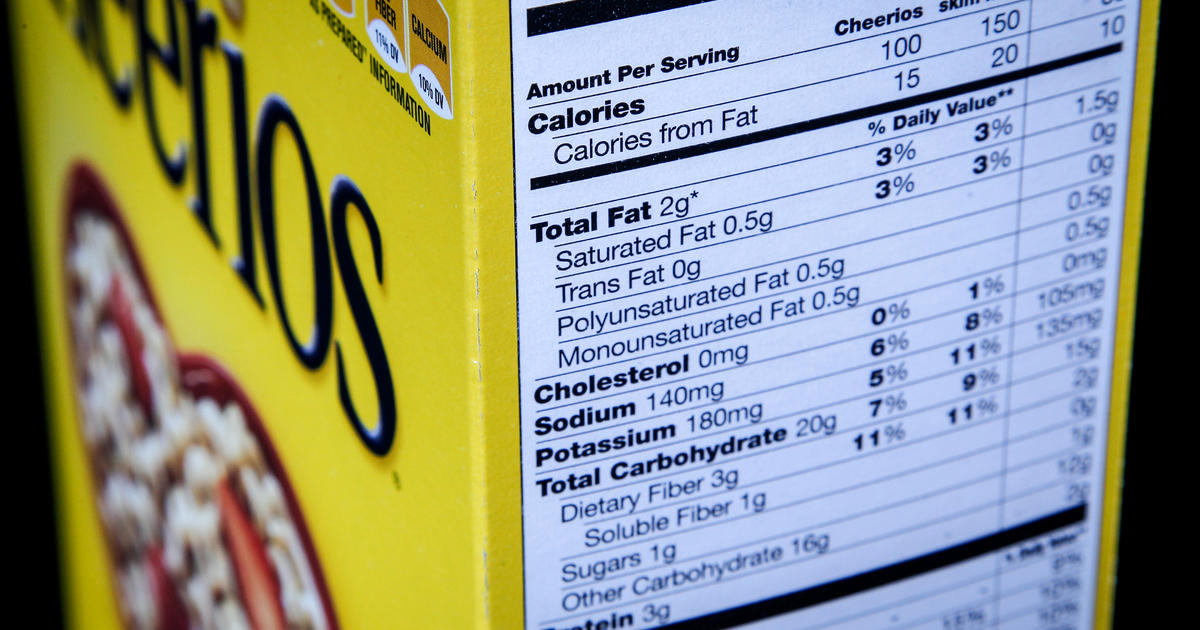

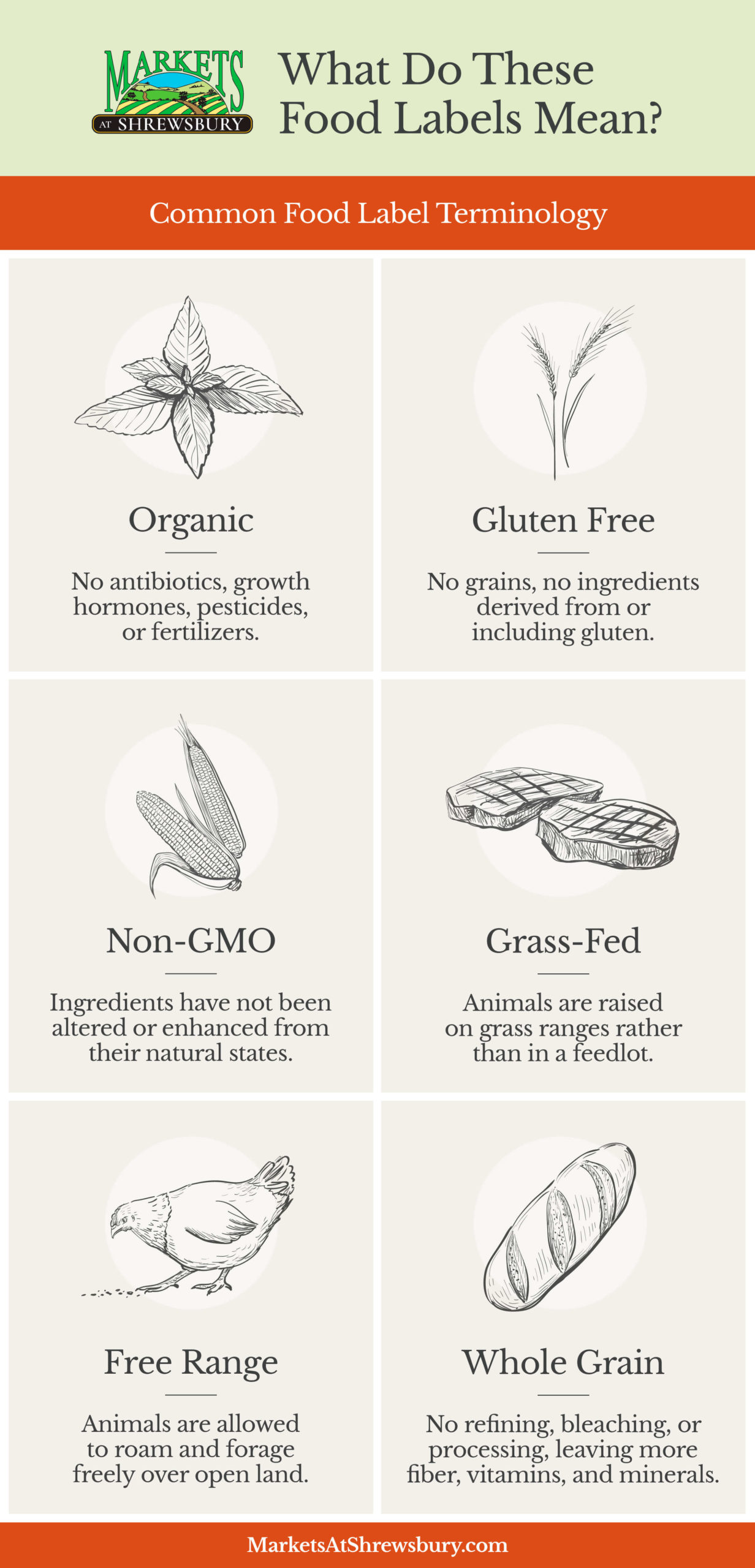

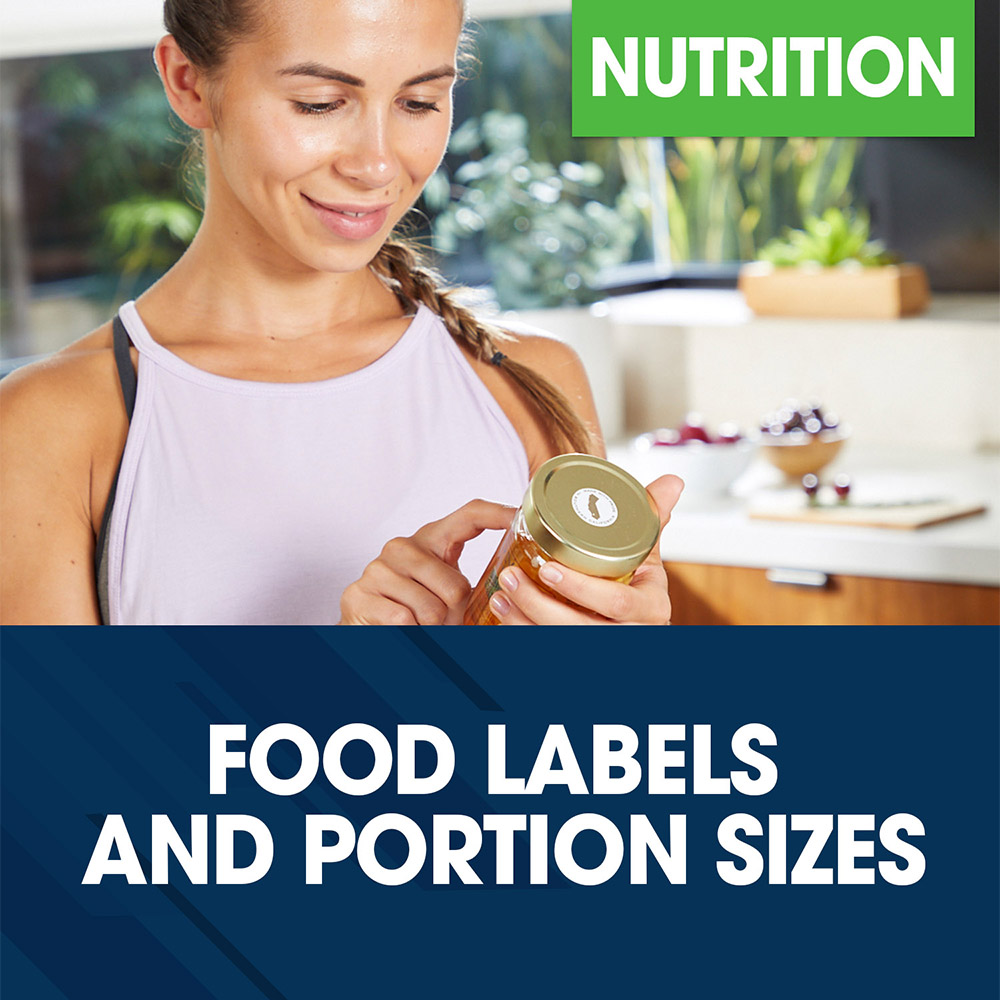


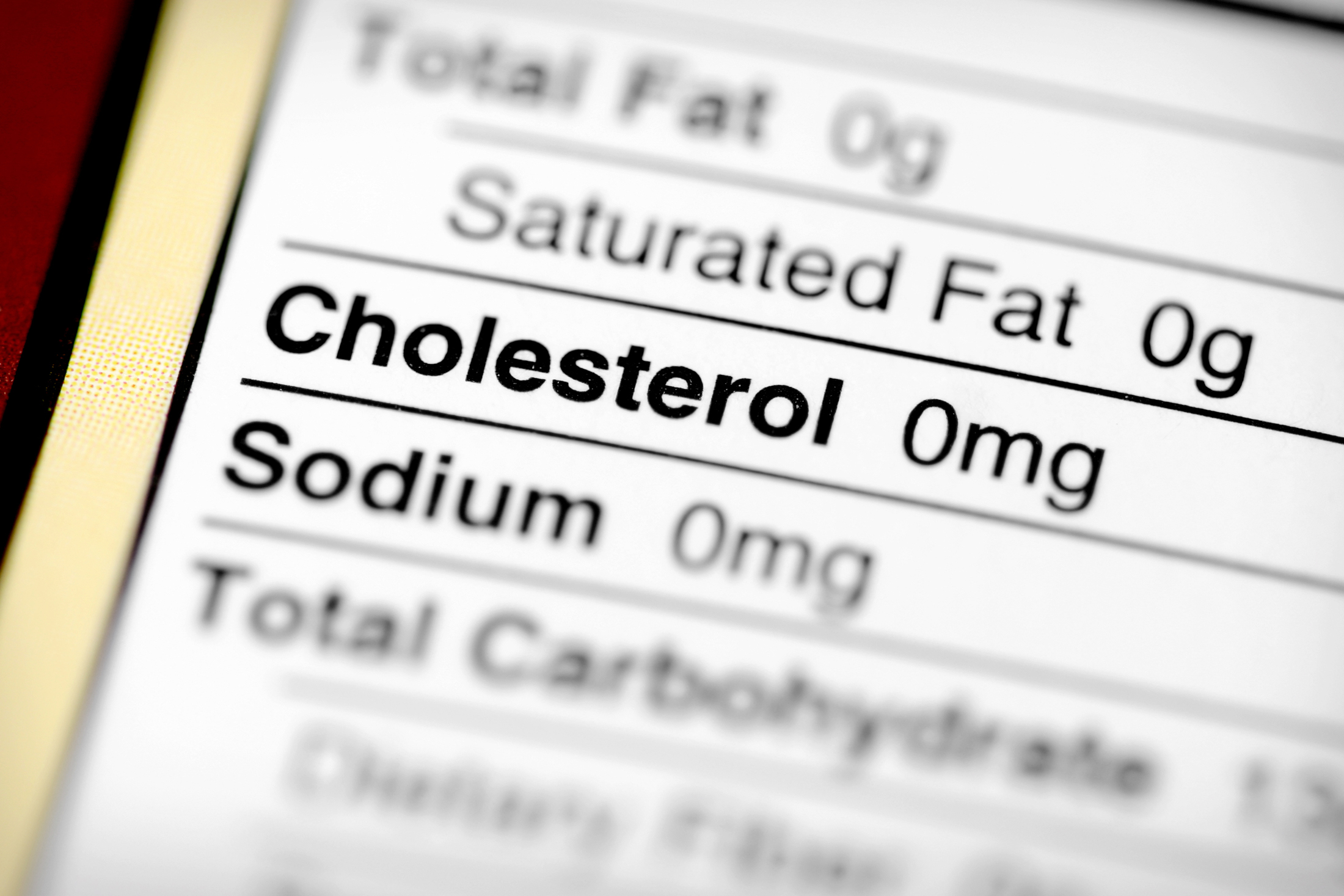
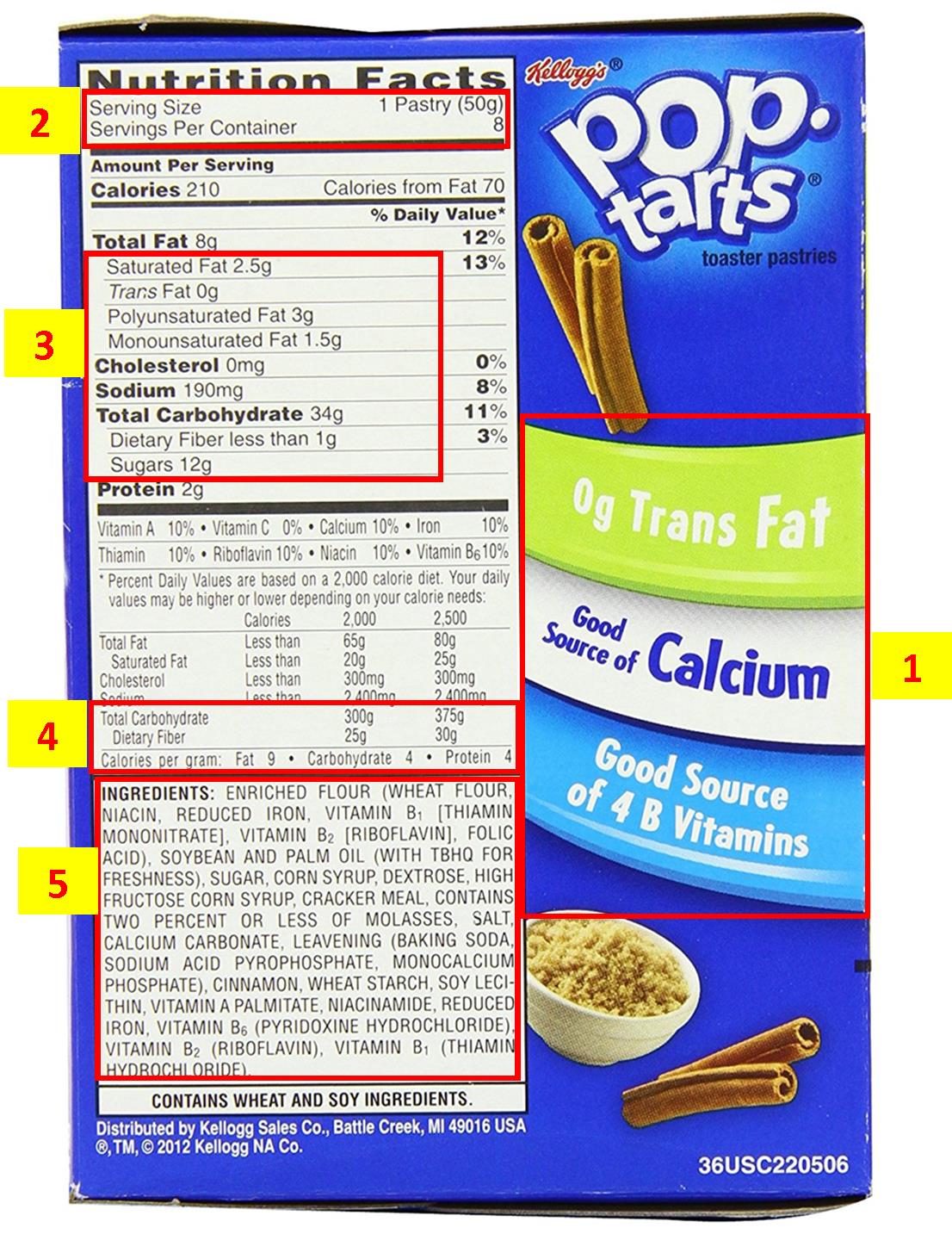
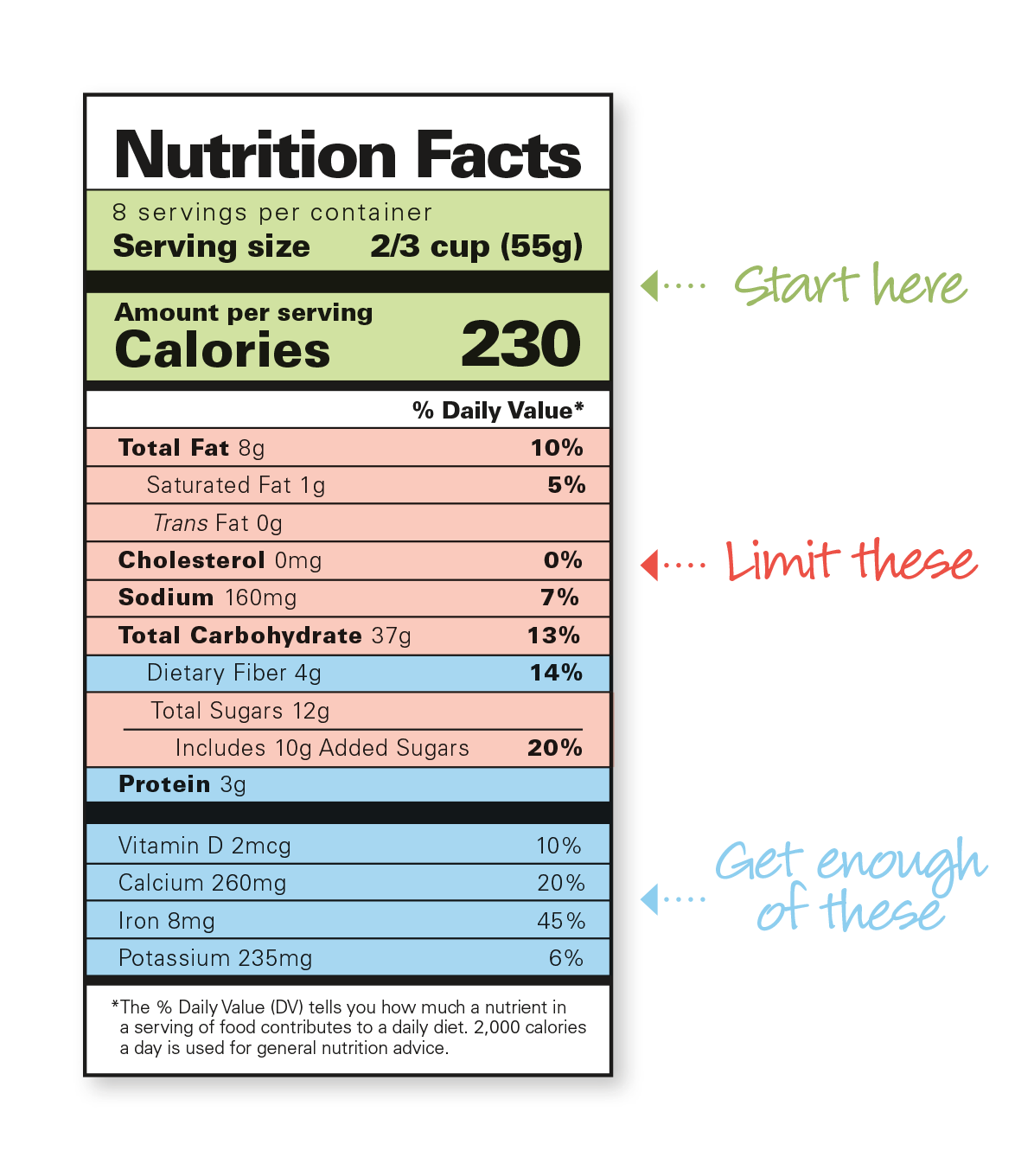
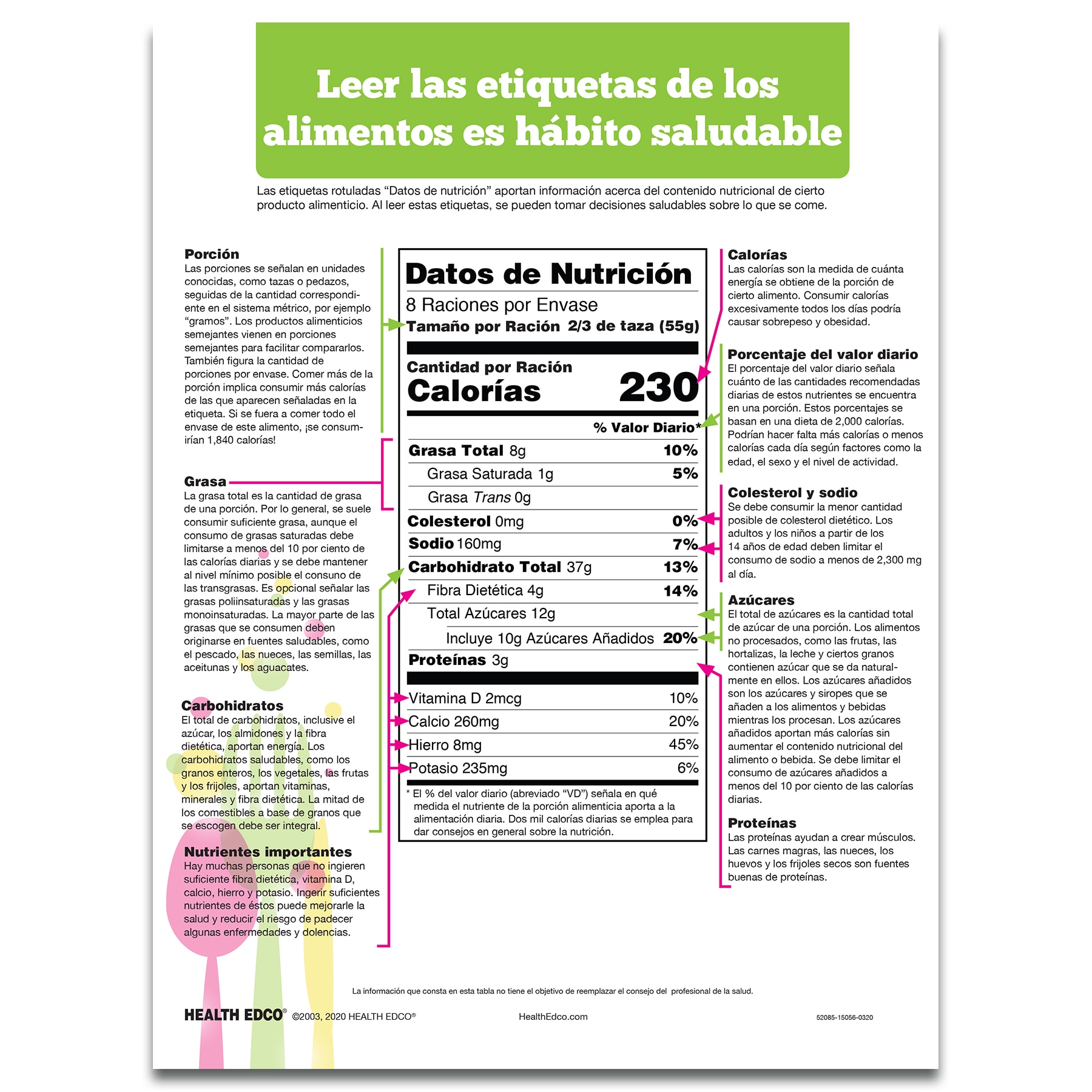

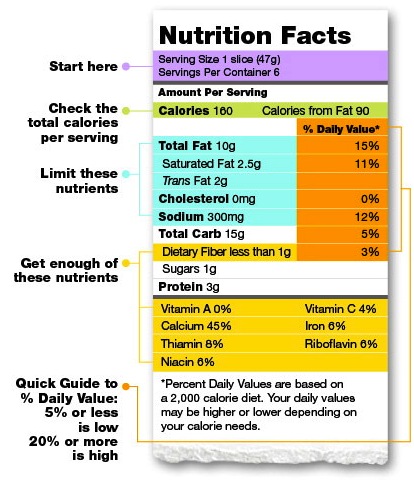
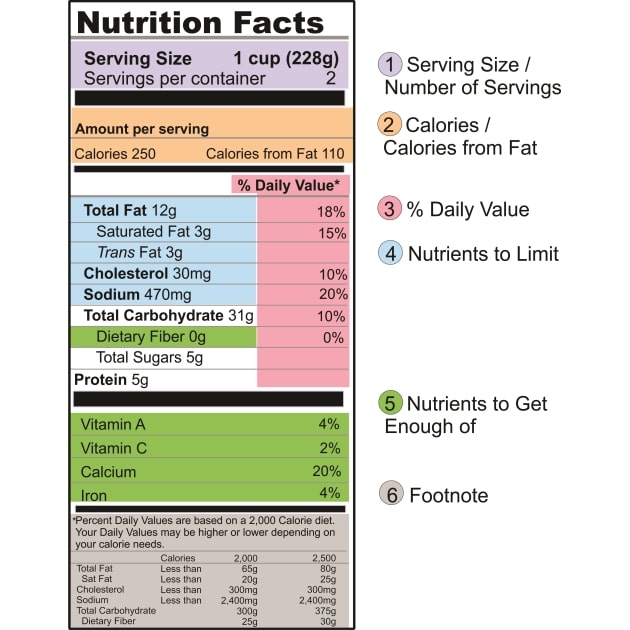
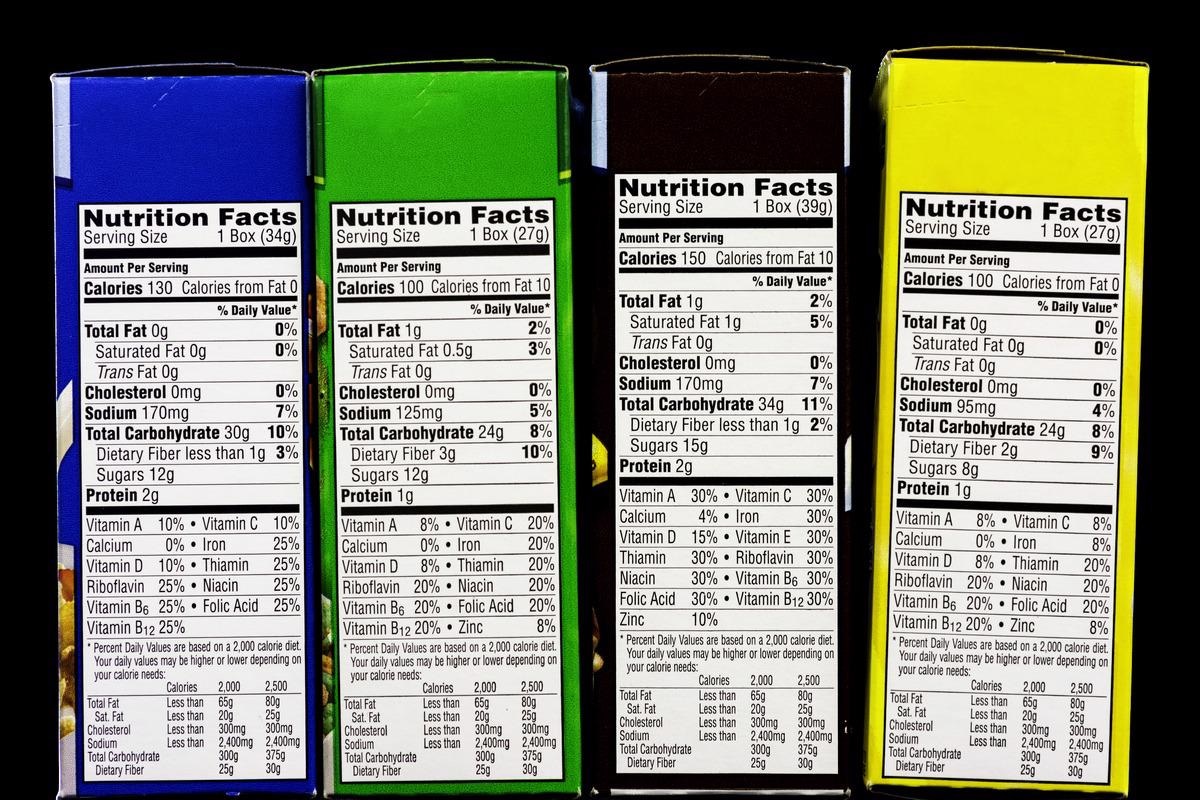
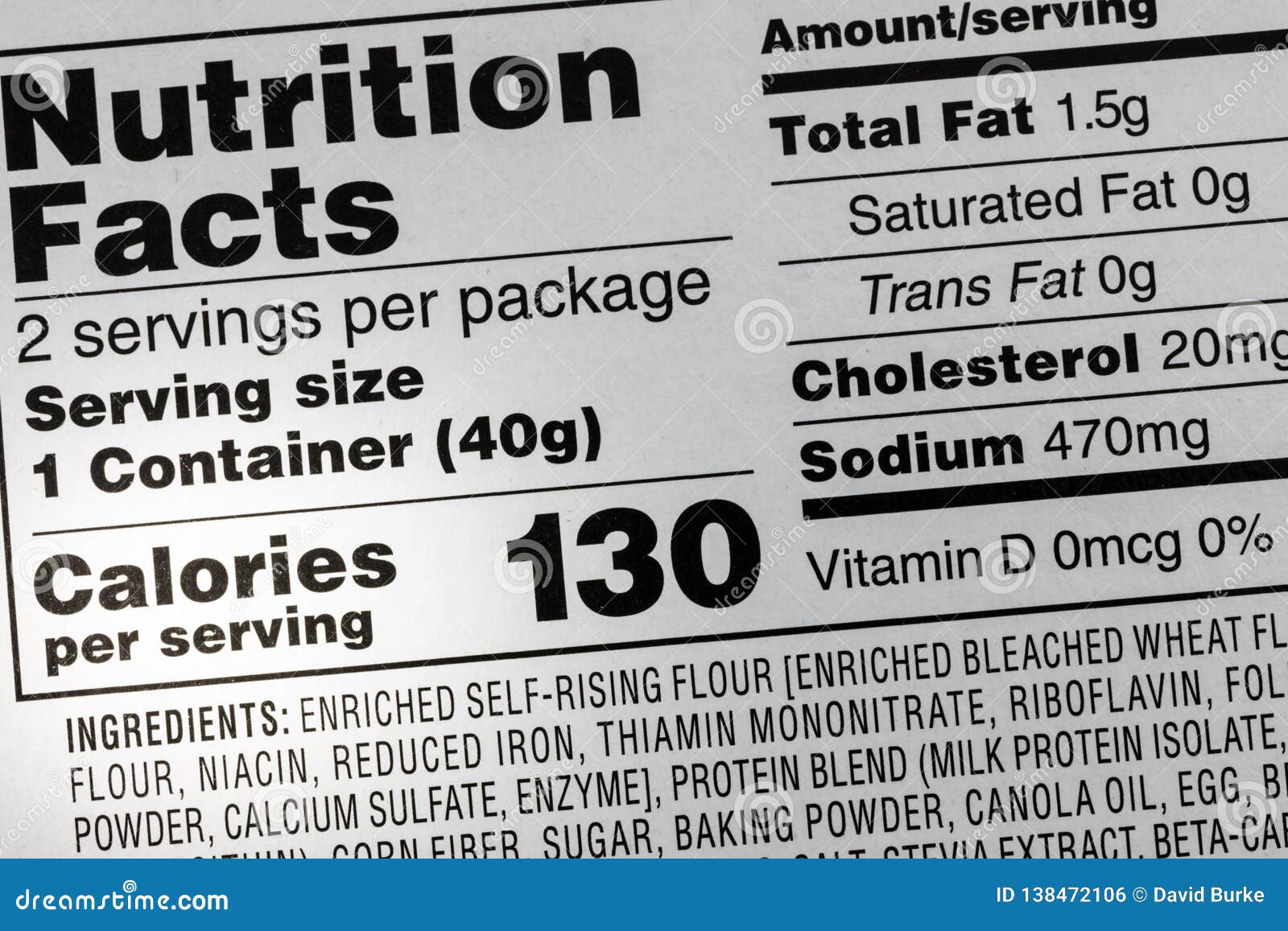


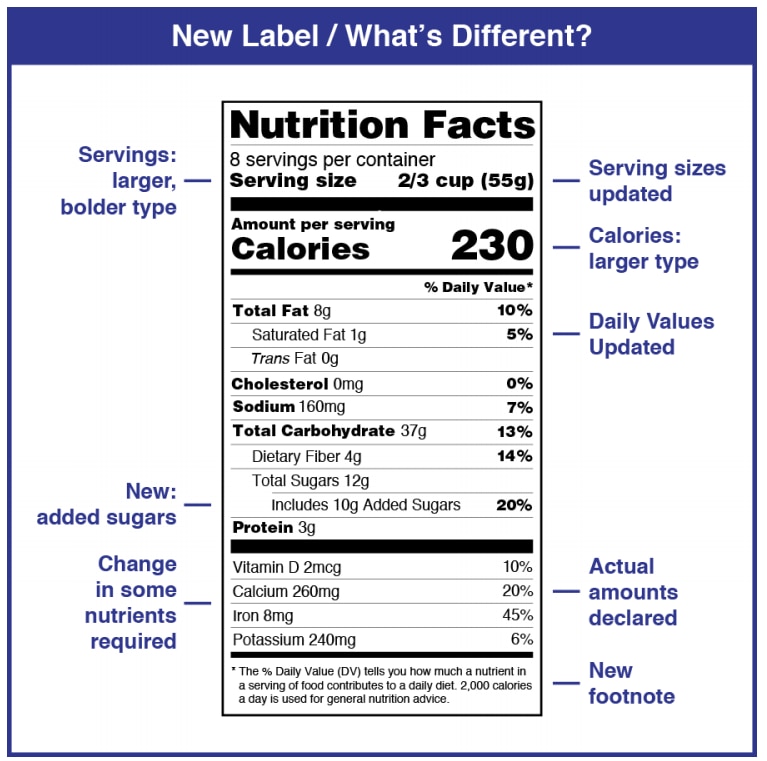
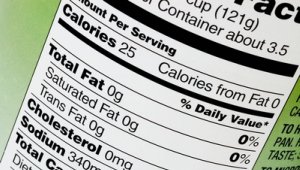
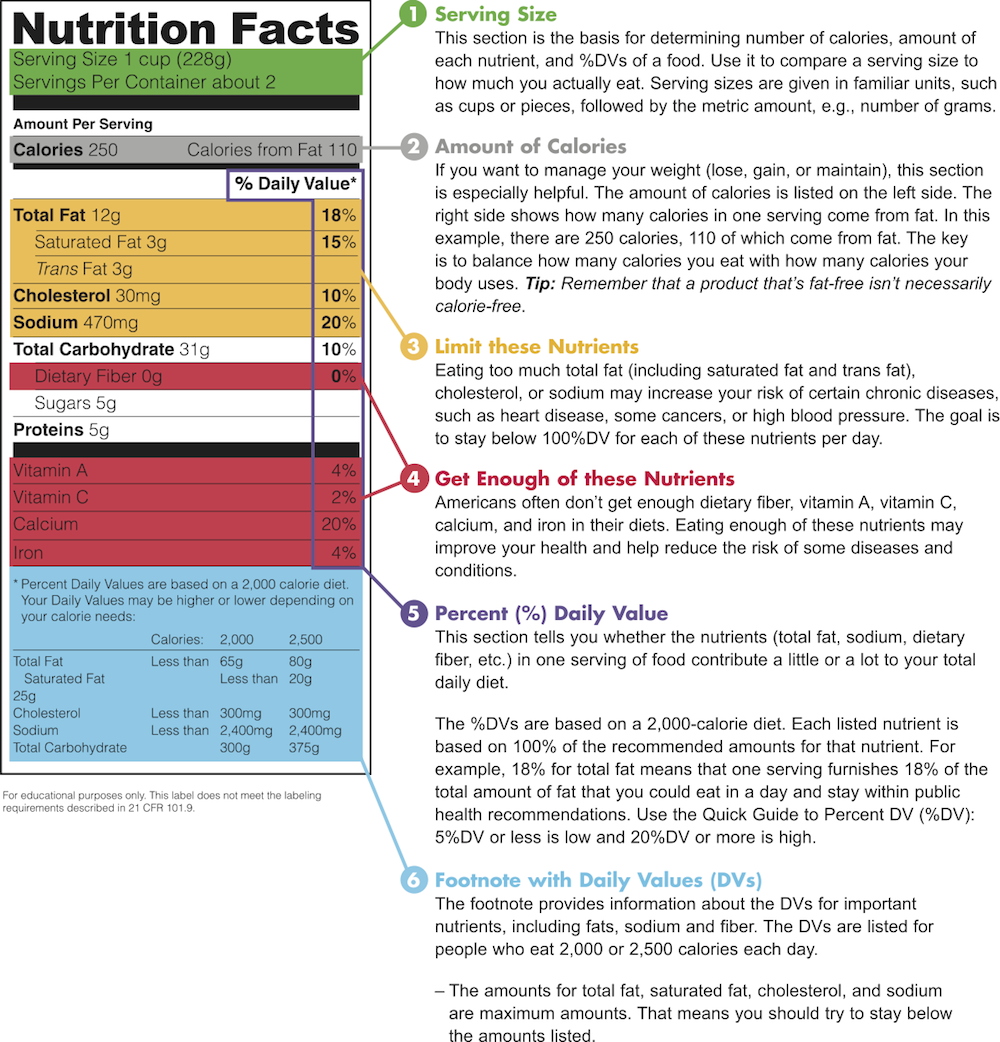
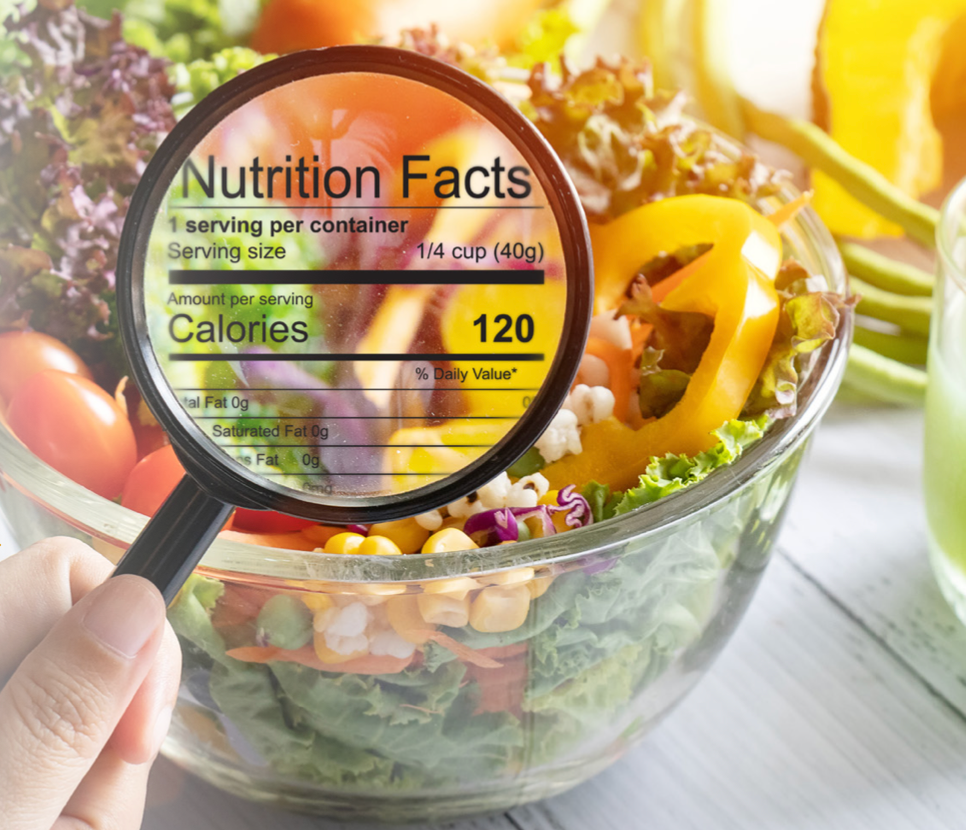
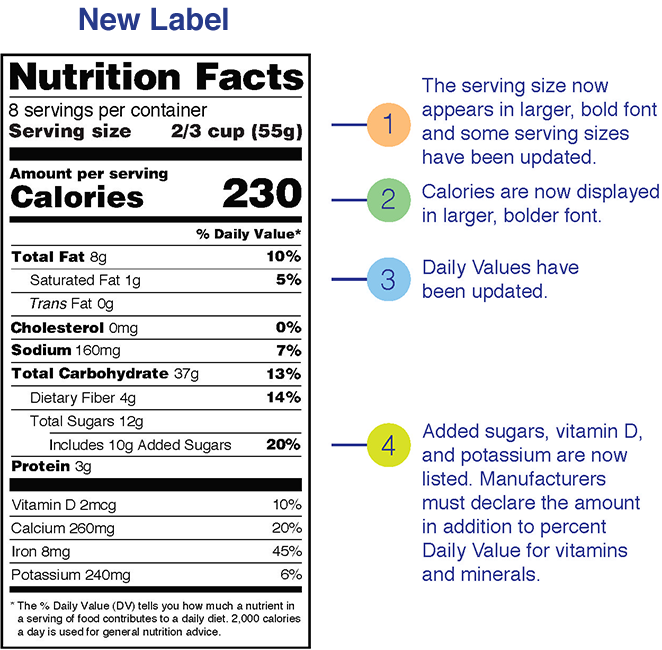
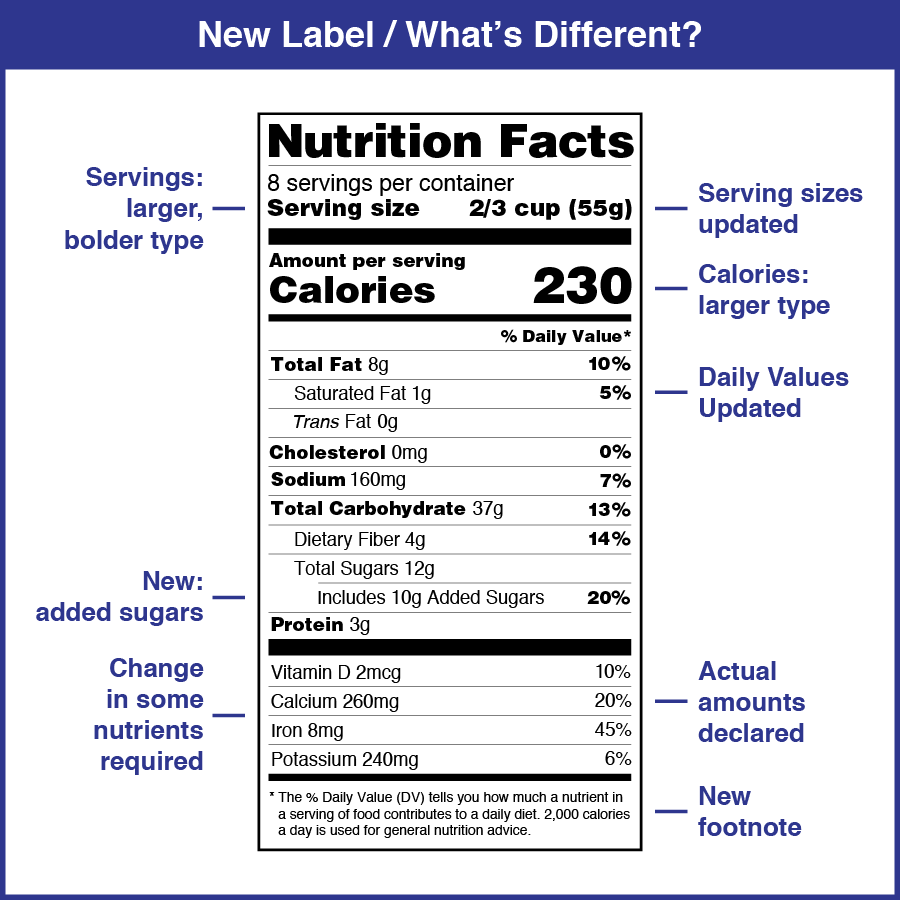
Post a Comment for "43 understanding food nutrition labels"